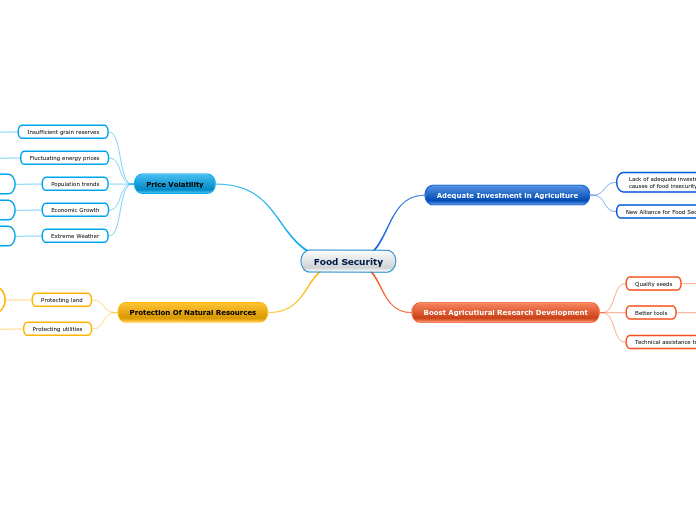meet/exceed expectations are more satisfying
Michaels et al 1984
happy not nec stable
Close relationships
attachment style
Baldwin 1992
affect perceptions/evaluations of current r'ships
investment/commitment
commitment
Drigotas et al. 1999
more sex outside of relationship
Buunk & Bakker, 1997
more unprotecte sex outside of relationship
Finkel et al. 2002
committed individuals forgive betrayals/mistakes
Van Lange et al. 1997
make sacrifices for relationship
investment model
comparison level - ALTERNATIVES
low
Simpson 1987
more likely to stay in costly relationship
high
Drigotas & Rusbult 1992
less committed to present
comparison level
low CL
expects unrewarding relationships
high CL
expects rewarding relationships
intimacy
Reis & Patrick, 1996
3 aspects
validation
understanding
caring
attribution; social comparisons;equity
equity
those who PERCEIVE equity
most satisfied
social comparisons
Bunk, 1990
happy couples see relation as better than others'
unhappy couples envious
maladaptive attributions
low in satisfaction
stable/global problems
developing relationships
Equity theory
criticism
Cate & Lloyd 1998
absolute reward better predictor
endurance
satisfaction
BUT more serious for underbenefitted
Sprecher & Schwartz 1994
both Ub and Ob shld be moved to restore equity
inequitable relationships
underbenefitted
ANGRY, RESENTFUL
overbenefitted
GUILTY, UNCOMFORTABLE
Homans 1968
benefits + costs similar for both
Social exchange theory
Honeymoon period
before 3 months
costs not related to satisfaction
costs fairly unimportant
Hays 1985
SOCIAL REWARD
pleasing to be around someone who likes us
pleasing to have attitudes valuated
Homans 1961; Thibaut & Kelly, 1959
economic model of costs-benefits
more satisfying
fewer costs
annoying habits
giving up opportunities
compromise
working to maintain
more rewards
consolation in distress
love
companionship
self-disclosure
greater SD leads to:
Hansen & Schuldt, 1984
greater marriage satisfaction
Rubin et al. 1980
greater emotional involvement
Collins & Miller, 1994
we like those to whom we have disclosed
we like those who diclose to us
we disclose to those we like
Altman & Taylor, 1973
theory of social penetration
deeper (more important/intimate)
broder (more areas of life)
progress from superi#ficial to intimate
revealing intimate facts/feelings
initial attraction
physical attractiveness
"What is beautiful is good" stereotype
Walster et al. 1966
Random blind date. determinant of date = physical attractiveness. intelligence, condience, friendliness not relevant.
reciprocity
self-fulfilling prophecy
Curtis & Miller (1986)
Pairs meeting - either told other person likes them/not. Those who thought they were liked acted in warmer/friendlier way. Those that believed they were liked came to be liked more.
makes up for absence of similarity
Gold, Ryckman & Mosley (1984)
Greater liking for female confederate (eye-contact, listened attentively) despite disagreeing on important issues.
like those who like us
similarity
why important?
character conclusions of others
need to be validated
feel we are right
need to be liked
Condon & Crano 1998
interests and experiences
(strengthening friendships)
new similarities created by sharing experiences
Kubitchek & Hallinan (1998)
students choose friends from their academic 'track' i.e. ability
situations you choose likely contain similar others
opinions and personality
Byrne (1971
'law of attraction' - attraction increases in line with similarity of attitudes
Boyden, Carroll & Maier (1984)
Homosexual men sought men with similar personalities to themselves e.g. logical, expressive
Newcomb (1961)
Male roommates - initial attraction due to proximity. lasting friendships due to similar attitudes (e.g. same major, liberal political views)
propinquity
mere exposure effect
Moreland & Beach (1992)
female confederates into large classroom
see people a lot, become familiar
Zajonc
More exposure we have to a stimulus, the more we like it
Festinger, Schachter, Back (1950)
62% of friends lived in same building
41% next-door neighbours were friends
22% living 2-doors away were friends
10% opposite end of hall were friends









